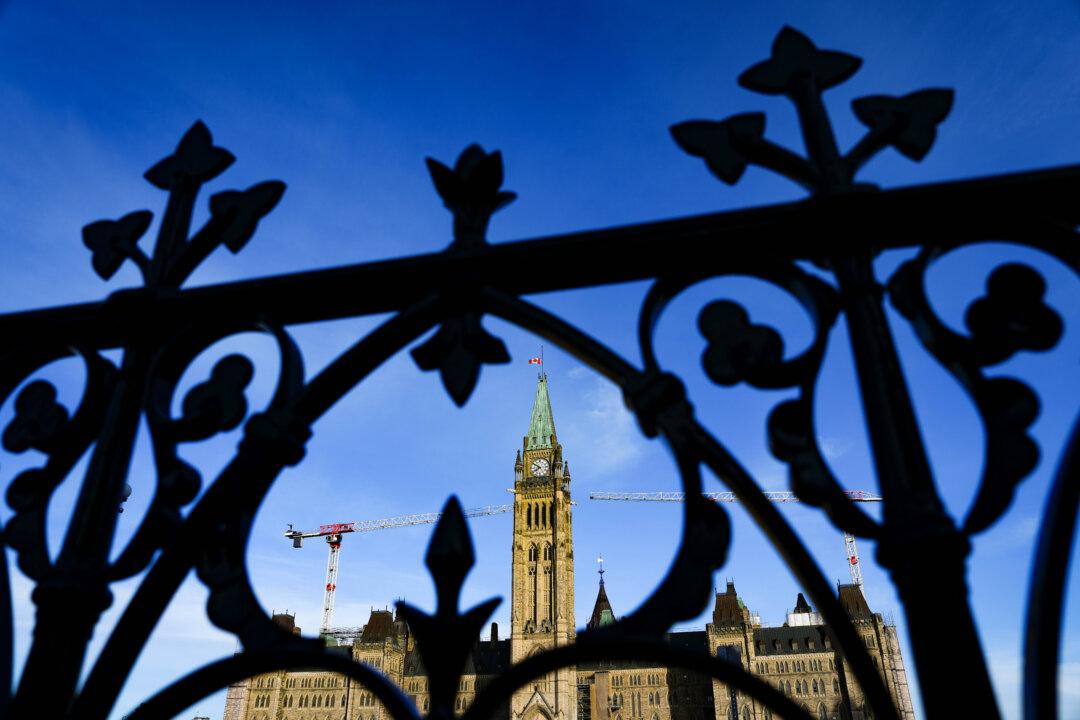Anticipation of higher interest and mortgage rates in 2022 provides an incentive to buy now, although concerns remain about affordability of mortgage payments once rates go up in the future.
Carleton University business professor Ian Lee, who sold mortgages at one time, says consumers may be smart to get mortgages before interest rates rise, noting that it might be even better to lock in fixed rates. However, he warns that plans don’t always pan out and may lead to consequences, as experience shows.
“If it’s a 2 percent premium to go from the floating variable rate to the five-year fixed, you’re assuming that in five years those rates are going to go up even more than the 2 percent that you’re paying extra for doing a five-year fix,” Lee said.
“It’s a gamble,“ he acknowledges. ”But I don’t think it’s a crazy gamble, especially at this unique time in Canada’s history and [that of] the U.S. and the world, because rates have never, ever, ever, ever historically been this low.”
Lee remembers taking out his first mortgage in the 1970s before a long period of interest rate hikes. He says his mortgage payments grew substantially at renewal time.
“When it came up for renewal, I locked in at five years. Why did I do that? Because I knew inflation was going up, house prices were going up, interest rates were going up, because my wages were going up. And I figured I was going to win in the sense that my wages were going to roughly equal or be even better [than the] rate increase on my mortgage. And lots of people made that gamble of my generation—the boomers—and it worked out very nicely,” Lee said.
“It hurt. ... I had a whacking big mortgage, and it renewed 2 percentage points higher. Well, if you have a big mortgage over the maximum period of time and it goes up two points, believe me your mortgage payment goes up very significantly.”
‘More Buyers Than Sellers’
Years of low interest rates have not decreased the household burden for housing. According to Bank of Canada data, households’ mortgage debt service ratio—the share of disposable incomes spent on mortgage payments—went from 5.39 percent in 1990 to 6.51 percent in Q2 2021, going up more than one percentage point.The central bank also found that “when interest rates fall, many households simply adjust by borrowing more.” The ratio of mortgage debt to gross GDP rose from 38 percent in 2000 to 71 percent in Q2 2021.
When interest rates return to historic norms, new homebuyers will be more burdened by mortgages than they have been in decades. Another risk is that, if the current low interest rates have driven up demand for housing and pushed up prices, the reverse could occur as interest rates rise, deflating home values for those stuck with big mortgage payments.
Lee says that such risks are not as strong as they might appear because higher inflation will drive up wages and make those big payments easier to handle. He adds that mortgage holders probably won’t be stuck with a depreciating asset, since higher wages and more immigrants will ensure high demand and keep home prices high.
“What’s driving house prices is not speculators. It’s not people walking in anticipation of a rate increase. It’s because there’s a fundamental mismatch or shortfall. We’re not building enough houses. In plain English, there’s more buyers than there are sellers,” Lee said.






Friends Read Free